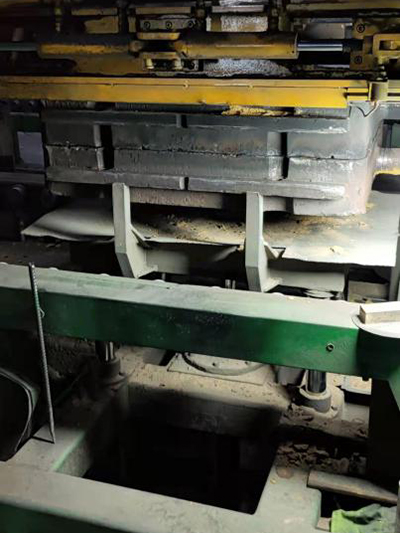The Use of Sand for Resin Enhancing Properties and Applications
In the world of materials science, the interplay between different components can lead to remarkable advancements in product quality and functionality. One such relationship is between sand and resin, which, when combined, create innovative materials with a wide range of applications. Sand, a ubiquitous natural resource, is primarily composed of finely granulated rock and minerals, while resin, a synthetic or natural organic compound, serves as a binding agent in numerous industries. This article explores the advantages of using sand in resin formulations, the properties it enhances, and its practical applications.
The Synergy of Sand and Resin
When sand is incorporated into resin, it enhances the material’s mechanical properties, durability, and aesthetic appeal. The combination works particularly well in creating composites that are both robust and lightweight. Sand adds bulk to the resin, providing structural support without significantly increasing weight. The type of sand used can also influence the final product's characteristics. For example, silica sand is commonly used in resin formulations due to its high purity and compatibility with various resin types.
Enhancing Mechanical Properties
One of the most significant benefits of incorporating sand into resin is the improvement of mechanical properties. Sands with specific grain sizes and shapes can enhance the tensile strength, impact resistance, and overall toughness of the composite material. This is especially crucial in industries where durability is a priority, such as construction, automotive, and aerospace. By selecting the right type of sand, manufacturers can tailor the mechanical properties of the resin to meet specific performance standards.
Moreover, the use of sand in resin formulations can lead to improved thermal stability. Some applications require materials that can withstand high temperatures, and the inclusion of heat-resistant sand can create composites that perform well under thermal stress. This attribute is particularly important in electrical and automotive applications, where heat dissipation is essential for maintaining functionality and safety.
Aesthetic and Functional Advantages
sand for resin

In addition to enhancing mechanical properties, sand can also contribute to the aesthetic qualities of resin products. The texture and color of sand can impart a unique finish that adds visual interest to various applications. This has led to the use of sand-resin composites in decorative items, art pieces, and architectural features. With the ability to choose different sand types, designers can create custom finishes that resonate with their artistic vision while maintaining the durability and resilience associated with resin materials.
Functional advantages are also notable. For instance, incorporating sand into resin formulations can improve the material's resistance to abrasion. This makes sand-resin composites ideal for high-traffic surfaces such as flooring and countertops, where wear and tear are prevalent. Additionally, these composites can exhibit enhanced bonding properties when bonding agents are utilized, ensuring a strong adhesion between layers or between different materials.
Applications Across Industries
The versatility of sand-resin composites enables their use across a multitude of industries. In the construction sector, they are employed in the production of precast concrete elements, aggregates, and even as infill materials. In the automotive industry, sand-resin composites are used in the manufacturing of lightweight components, improving fuel efficiency without compromising performance.
Additionally, they find applications in the production of molds and casts for metal fabrication, providing a durable and reliable option for producing intricate designs. The art and craft industry also benefits from the creative possibilities offered by sand-resin mixtures, allowing artisans to create unique and functional pieces that are both beautiful and strong.
Conclusion
The integration of sand into resin formulations has opened up a world of opportunities across various industries. Not only does it enhance the mechanical properties and thermal stability of the materials, but it also adds aesthetic value and functional versatility. As innovation continues to drive advancements in materials science, the combination of sand and resin will likely play an increasingly significant role in shaping the future of composite materials and their applications. Whether used in everyday products or groundbreaking technologies, the synergy between sand and resin demonstrates the endless possibilities of material enhancement.
Post time:12 月 . 25, 2024 15:02
Next:sintering sand
